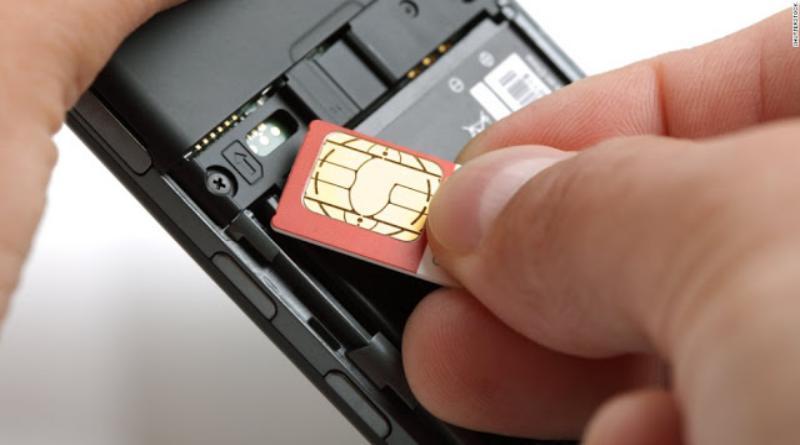
The growing convergence of satellite technology and cellular smartphones have been made possible by integrating Non-Terrestrial Networks (NTN) connectivity into the 5G cellular ecosystem, as introduced in 3GPP Release-17.
According to ABI Research, a global technology intelligence firm, the NTN-Mobile segment has the potential to reach a market value of at least $18 billion, with up to 200 million connections by 2031.
Following the release of 3GPP Release-17, the satellite-to-mobile marketplace has gained significant momentum, driven by notable product launches and major announcements.
Companies such as Apple, Huawei, ZTE, Qualcomm, Motorola, MediaTek, Bullitt, Globalstar, Inmarsat, and Iridium, among others, have formed strategic partnerships within the cellular mobile and satellite industries.
These collaborations have also extended beyond to include mobile network operators (MNOs) aiming to expand their network coverage. T-Mobile, an American MNO, for instance, has partnered with satellite operator SpaceX/Starlink to provide satellite-to-mobile connectivity services. Additionally, satellite operators AST SpaceMobile and Lynk have also established strategic alliances with MNOs such as Vodafone, Rakuten Mobile, AT&T, Bell Canada, MTN Group, Orange, Zain KSA, Saudi Telecom Company (STC), and Telefónica.
According to Satellite Communications Research Analyst at ABI Research, Victor Xu, “The emergence of satellite-enabled mobile devices from major consumer smartphone manufacturers and chipset makers like Apple, Qualcomm, Motorola, MediaTek, Huawei, and ZTE indicates the upcoming introduction of satellite communications into the mainstream consumer market.”
Xu pointed out that “While exciting advancements are underway in satellite-to-mobile technology, it is important to note that the recently announced satellite services will initially prioritize low data rate communications through IoT-NTN technology.”
Currently, satellite communication services have mainly focused on specialized emergency services and messaging with low data rates. Still, satellite networks are anticipated to eventually incorporate NR-NTN, a 5G-based, more advanced communication standard, in the next few years. Integrating NR-NTN will increase capacity and network capabilities, enabling more concurrent users and applications with higher data rates. As a result, new possibilities and use cases for satellite connectivity will emerge.
Satellite Communications Industry Analyst from ABI Research, Andrew Cavalier, added: “The NTN Mobile marketspace has a positive outlook, with a projected compound yearly growth rate (CAGR) of 59 per cent from 2024 to 2031.”
The revenue growth in this sector will be driven primarily by the introduction of NR-NTN satellite services, which is expected in 2026.
Cavalier argued that the potential adoption of NTN satellite services in consumer vehicles for mobile emergencies, messaging, voice, and data communications use cases would also drive the growth of NTN-Mobile connections.












